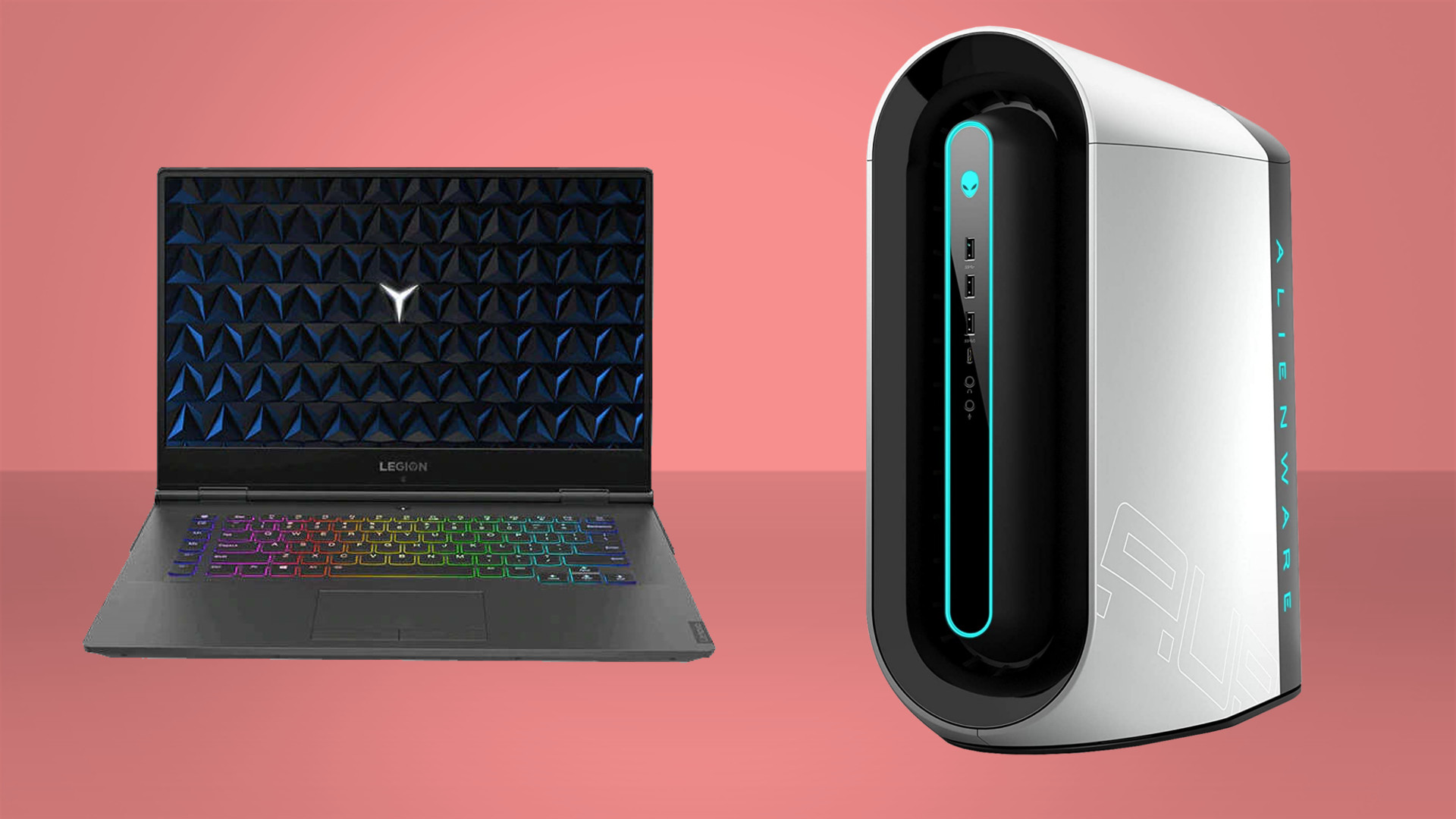A single chip has managed to transfer the entire internet's traffic in a single second
Researchers prove there's a lot more room to grow for the internet with silicon photonics.

A single chip has managed to transfer over a petabit-per-second according to research by a team of scientists from universities in Denmark, Sweden, and Japan. That's over one million gigabits of data per second over a fibre optic cable, or basically the entire internet's worth of traffic.
The researchers—A. A. Jørgensen, D. Kong, L. K. Oxenløwe—and their team successfully showed a data transmission of 1.84 petabits over a 7.9km fibre cable using just a single chip. That's not quite as fast as some other alternatives with larger, bulkier systems, which have reached up to 10.66 petabits, but the key here is scale: the proposed system is very compact.
By splitting a data stream into 37 sections, one for each core of a fibre optic cable, and then further splitting each of those streams into 223 channels, the researchers were able to remove a great deal of interference that slows down optical systems and therefore deliver an internet's worth of data transmission using a single chip.
"You could say the average internet traffic in the world is about a petabit per second. What we transmit is two times that," Jørgensen says in a comment on New Scientist. "It’s an incredibly large amount of data that we’re sending through, essentially, less than a square millimetre [of cable]. It just goes to show that we can go so much further than we are today with internet connections."
The researchers also theorise that such a system could support speeds of up to 100 petabits-per-second in massively parallel systems.
The research paper relies on a bank of investigations into the concept of a single chip solution across multiple researchers and papers, including one by researchers in Australia called 'Ultra-dense optical data transmission over standard fibre with a single chip source'. Catchy.

Best gaming PC: The top pre-built machines from the pros
Best gaming laptop: Perfect notebooks for mobile gaming
Essentially, high-speed data transmission that often requires a fibre optic cable and bulky equipment is now being miniaturised into a smaller on-chip package. Instead of multiple lasers in parallel, which come with their own set of challenges, it's possible to shrink a good deal of this equipment to the silicon level. And with that even remove some of the difficulties in sending massive data packages long distances and at high speeds.
The biggest gaming news, reviews and hardware deals
Keep up to date with the most important stories and the best deals, as picked by the PC Gamer team.
A big part of these new breakthroughs are microcombs, which are a way of generating constant and measurable frequencies of light. These are not only useful for shrinking down the requirements for a system such as this, but have also recently seen breakthroughs when added to CMOS chips.
In fact, a whole lot more could be added to a CMOS chip to make this whole system even more integrated, says Jørgensen. So if this seems fast and compact now, it's only a matter of time before an even more integrated, speedier version is developed. Stack up more of these devices into a single parallel system and you're talking mega-bandwidth from a single server rack.
Basically, the internet has a whole lot more room to grow.

Jacob earned his first byline writing for his own tech blog. From there, he graduated to professionally breaking things as hardware writer at PCGamesN, and would go on to run the team as hardware editor. He joined PC Gamer's top staff as senior hardware editor before becoming managing editor of the hardware team, and you'll now find him reporting on the latest developments in the technology and gaming industries and testing the newest PC components.

